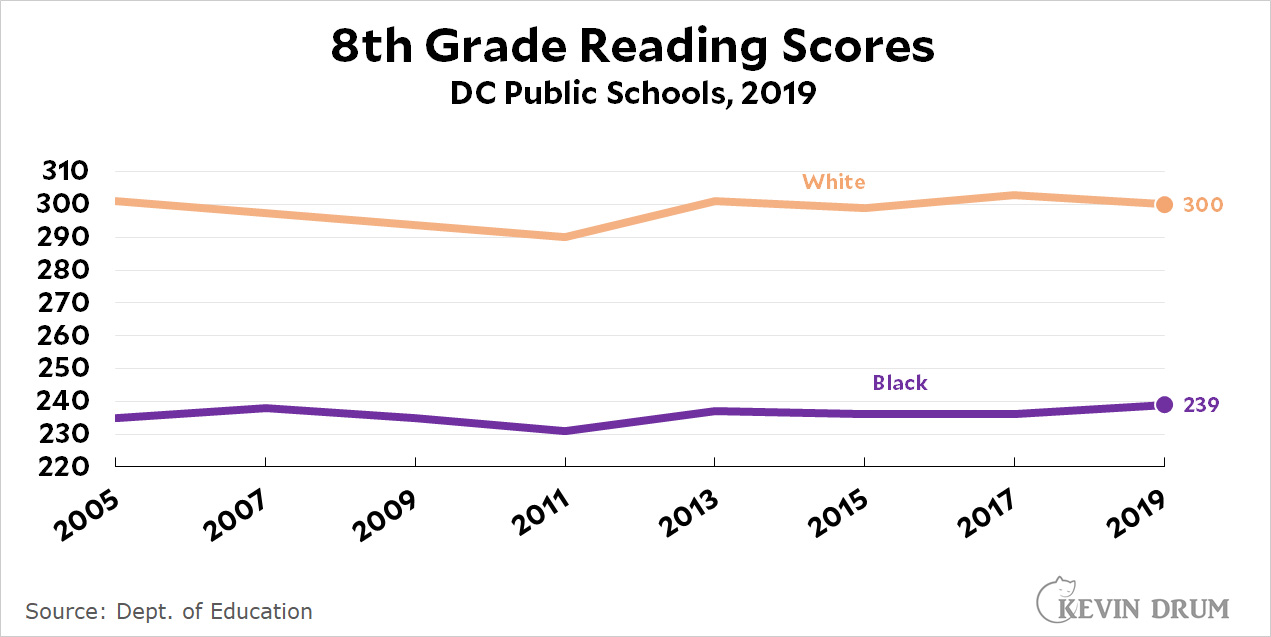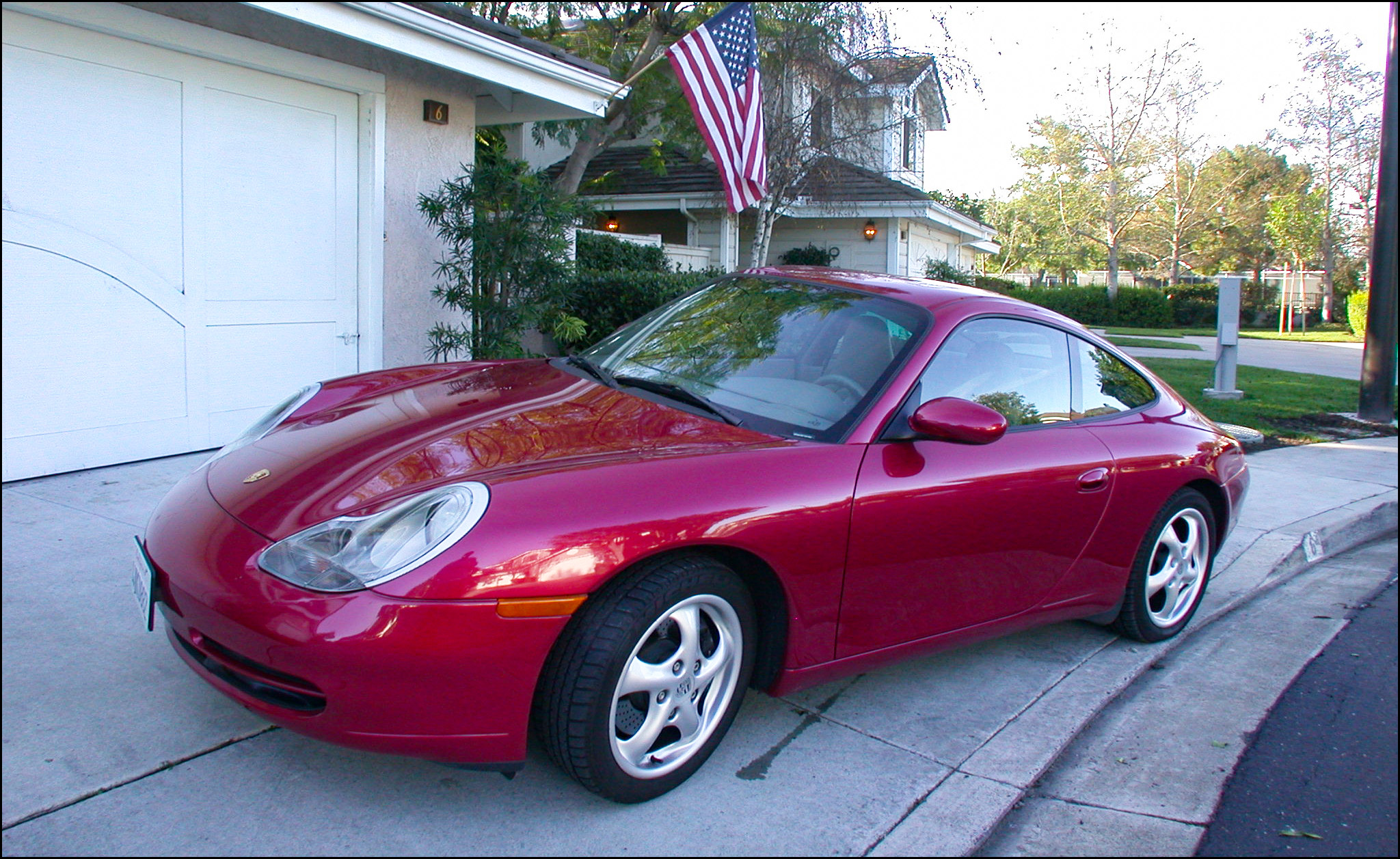Thanks to the pandemic, Washington DC has temporarily eliminated the achievement test normally required for admission to its most elite high school, School Without Walls. But it still didn't enroll any, um, diverse kids:
Data obtained through a public records request show that eliminating the test did not make the Walls freshman class any more socioeconomically or geographically diverse.
Five of the school system’s 15 neighborhood middle schools are located in Wards 7 and 8 — the wards with the highest concentrations of poverty and many of the city’s lowest performing schools based on standardized test scores. None of the 132 students in the incoming freshman class at School Without Walls attended one of those five middle schools.
....Walls administrators offered interviews to the 500 students with the highest grade-point average....Just three eighth graders at middle schools in Wards 7 and 8 — Hart, Johnson, Kelly Miller, Kramer and Sousa middle schools — made the cut of 500 students and accepted interviews, according to city data. Two of those students matched at other high schools and one is currently on the Walls wait list.
This piece was written by Perry Stein in the Washington Post, which means she's not allowed to simply tell you what's going on. But I can:

As we all know, we're not really talking about "geographic" or "socioeconomic" diversity. We're talking about Black kids. And as you can see, Black eighth graders in Washington DC's public schools score a stunning 61 points lower than white kids in the NAEP reading test.
This gap is so gigantic that I'm not even sure how to interpret it. Based on the standard deviation for this test (roughly 34 points) and a little bit of handwaving, my best guess is that the average Black eighth grader in a DC public school reads at about the fourth grade level. The number who read at an "advanced" level is close to zero.
I don't care what administrators do or how they decide who gets into this high school. With reading achievement this low, there's just no way that more than a tiny handful of Black kids from public schools will ever get in. The only source of Black students for an elite high school like School Without Walls is DC's charter schools.
If we're ever going to take this seriously, interventions need to start at kindergarten or earlier and need to be continuous all the way through high school. Is that expensive? It is. But it's the only thing that has the slightest chance of closing the Black-white achievement gap. Anything else is just performative play-acting.





